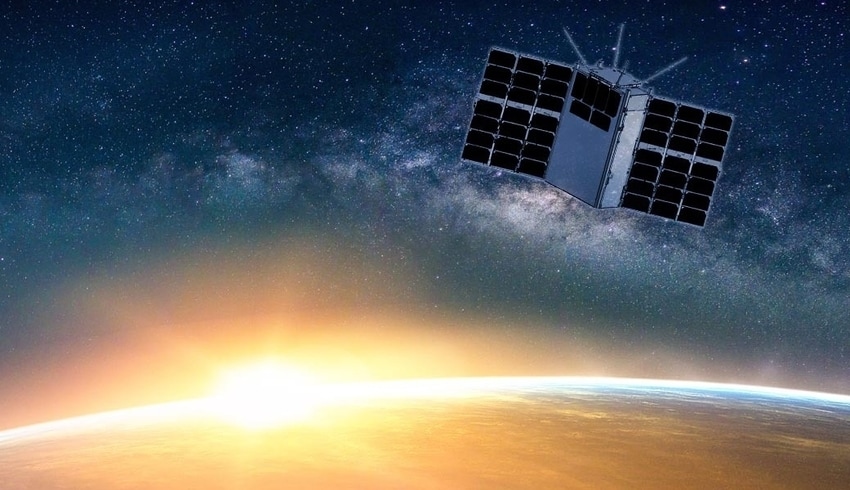
Under the UK-Australia Space Bridge Framework – announced in February – the two nations are set to boost the size of the industry collaboratively, furthering their longstanding relationship.
It marks the first move made since the framework was established earlier this year.
The projects were revealed by SmartSat CRC and the Satellite Applications Catapult – an industry consortium – in conjunction with UK Science and Innovation Network, Austrade and the Australian Space Agency.
“[It] will provide great guidance in building strong and mutually beneficial partnerships between our space industries and academia,” said SmartSat chief executive officer Professor Andy Koronios.
The five selected were chosen to address four topic areas identified as “beneficial to the mutual interests” of both nations.
These included exploring advanced satellite technologies in areas such as Antarctic Sea ice detection, plant breeding programs, preventing cyber attacks, improving communications and more.
The projects selected were:
- Cal/Val Space Bridge: An Earth Observation Partnership proposed by Symbios Communications, Frontier SI and Assimila Ltd, The National Physical Laboratory;
- Modelling novel radio spectrum bands for next generation satellite networks proposed by RMIT University and OneWeb;
- IceCube: Monitoring Antarctic sea-ice with small satellites proposed by the UNSW Sydney, University of Tasmania (Australia Australian Centre of Excellence in Antarctic Science, Australian Antarctic Program Partnership) and Spire Global UK, British Antarctic Survey;
- Australia’s Quantum Leap: to satellite quantum encryption proposed by Arqit Limited and the Australian National University; and
- Harvesting hyperspectral satellite data to improve crop production by Digital Content Analysis Technology Ltd, InterGrain, and The Plant Accelerator, Australian Plant Phenomics Facility, The University of Adelaide.
Respondents were required to involve associates from both countries and one industry partner.
“The fantastic response demonstrated the huge potential for partnership in delivering against joint Australian-UK priorities, and in addressing global challenges like climate change,” Sam Adlen, chief strategy officer at the Satellite Applications Catapult said.
“Innovation and collaboration across borders are a vital part of future economic growth,” Adlen added.
The five projects are slated to be completed by 30 June 2022, with the goal of reaching larger opportunities for the future.
While Australia is continuously strengthening its sovereign space capabilities over the next decade, reliance on international ties is still a vital aspect of its strategy, the government says.
Prime Minister Scott Morrison is pushing for the space sector to grow to $12 billion by 2030, creating 20,000 new jobs.

Isabella Richards
Bella Richards is a journalist who has written for several local newspapers, her university newspaper and a tech magazine, and completed her Bachelor of Communications (Journalism) at the University of Technology Sydney in 2020. She joined Momentum Media in 2021, and has since written breaking news stories across Space Connect, Australian Aviation and World of Aviation.
You can email Bella on: [email protected]
Receive the latest developments and updates on Australia’s space industry direct to your inbox. Subscribe today to Space Connect here.









